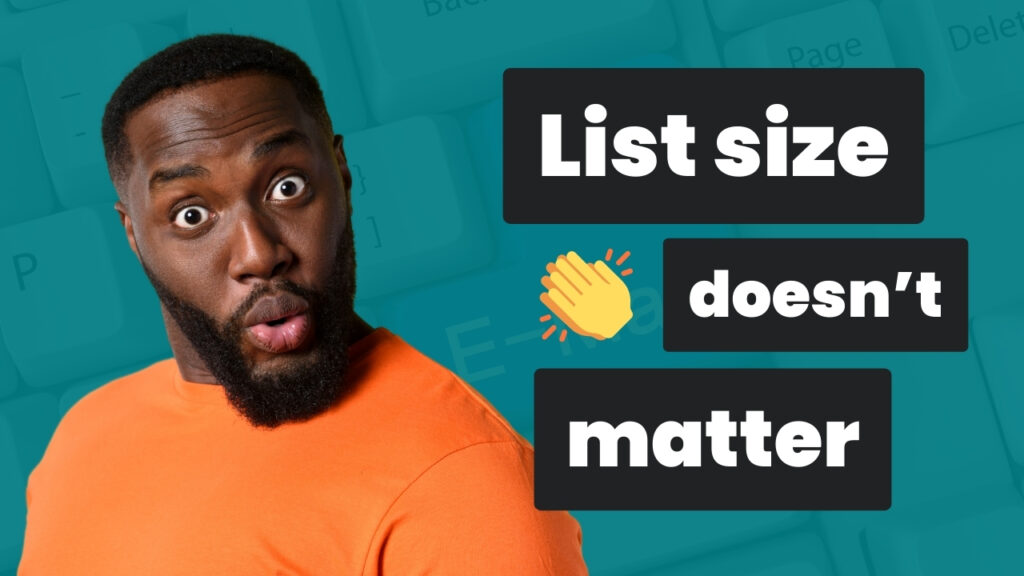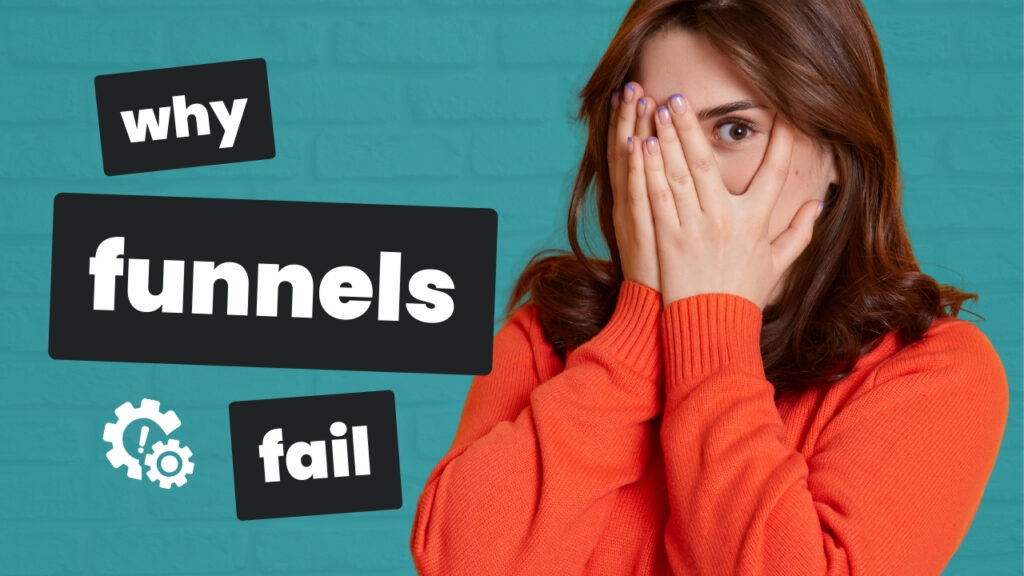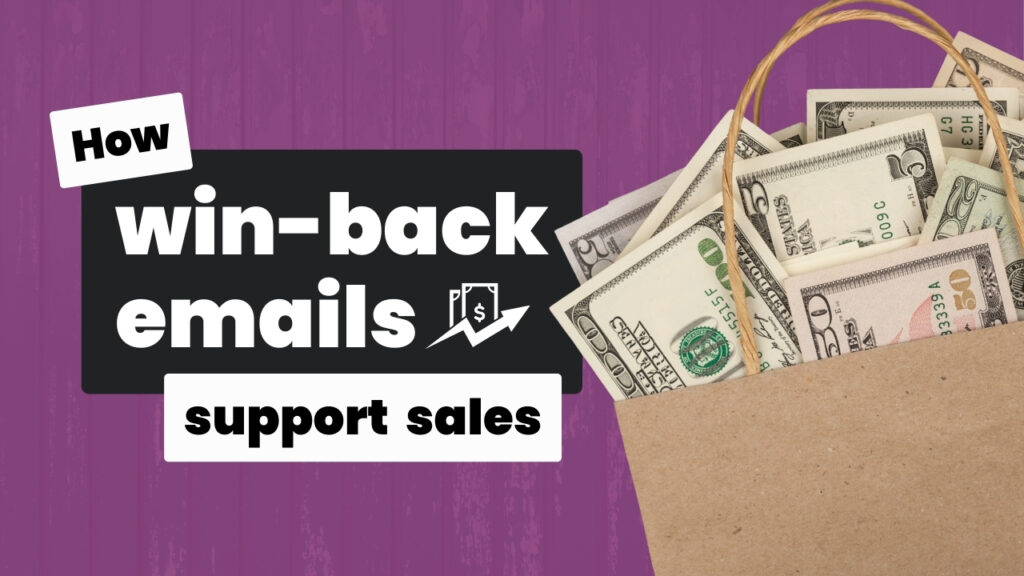When you want more sales from an existing funnel, it’s time to optimize. How can you modify the funnel to get more conversions?
For landing pages and sales pages, you’re looking to increase your current conversion rate (i.e. signups, registrations, actual sales). For emails, you’re looking to increase open rates and click-through rates.
It’s easier said than done.
There are so many variables to consider inside a single funnel. How do you know what to change or test?
Start with a full-funnel audit to analyze the funnel structure, the offer, the target customer, the lead magnet, and the copywriting against current conversion data (i.e. where are the leaks?) and best practices (i.e. what we know works), so you can identify the best, most impactful opportunities to optimize the funnel for more conversions.
Kimberly Taylor, founder of takebackyourtemple.com, and her team hired me to audit her evergreen membership funnel. They were getting an “OK conversion rate” but wanted better.
Two weeks after the audit, they already reported a 58% increase in the conversion rate and a 326.7% ROI.
Here’s how I helped them do it:
Step 1: Gather the data
The first step is to gather all the data you need to do a funnel and copy analysis — details like how the funnel works, performance, challenges, optimization goals, and offer and customer info.
It’s important to know this stuff upfront so that the results are custom (and useful) to the business.
Step 2: Analyze the funnel structure
When analyzing the funnel, I look for fit with best practices given the type of offer, the price point, and the target customer. After mapping the existing, I was able to see key problematic areas.
For example, the funnel had the right structure (landing pages, emails, and sales page) but call to actions that didn’t support the primary business goals: paid conversions into the TBYT membership program.
The problem was:
There were no strong, direct calls to action linking back to the sales page anywhere in the funnel. The biggest disconnect was inside the email sequence — an important bridge between the lead magnet and the sales page.
The emails never asked for people to join the program.
They were written newsletter-style with links to distraction-filled blog posts, not to the sales page. Also, the majority of the emails weren’t topically relevant or clearly connected to the program’s transformation in a strategic way.
I suggested a completely new email sequence that would be structured like a sales sequence with topics mapped to the buyer’s journey. Calls to action should be directed towards “joining the program”. And any landing pages used inside the funnel should be distraction-free, not like blog posts.
Step 3: Optimize the offer
When optimizing an offer, I look at pricing compared with competitors,
clarity of your “packaging”, and how you reduce risk.
PRICING:
The TBYT team was gearing up to raise the membership fee (5x) to reflect how transformational the program was for active, engaged members, but they only planned to offer 1 pricing tier: a monthly payment.
I suggested adding 2 pricing tiers for more business stability and as a way to get people to commit to a journey of transformation.
So, potential members could choose from 1.) a straightforward monthly membership price or 2.) an incentivized yearly membership fee where if they pay for the entire year, they get 2 months for free.
PACKAGING:
Though the membership program contained multiple courses and other resources with the subscription, the entirety of what members get wasn’t clearly communicated anywhere in the funnel — leaving visitors to question whether or not this membership was right for them.
I recommend to flesh out and clarify what exactly was included in the paid subscription in a way that was connected to the ideal buyer’s pain points and desired outcomes.
GUARANTEE:
Reducing risk through a guarantee is a great way to make on-the-fence prospects feel comfortable enough to give something a try. Though the TBYT program had a money-back guarantee, it was virtually unknown to prospects because it wasn’t included anywhere inside the funnel.
I suggested to add the guarantee and its terms to the sales page and incorporate the “cancel anytime straight from the dashboard” benefit into the guarantee so that people felt comfortable knowing they wouldn’t be locked in with no way out.
Step 4: Validate the target customer
When I look at your target customer profile, I’m looking for detail and specifics – questions like:
Do you understand who this person is?
What problems do they suffer from?
How does that affect their lives?
What emotions does this problem trigger?
What outcome do they desire?
What’s driving the desire for this outcome?
What solutions have they tried?
What have those failed attempts looked like?
The TBYT team had provided a detailed description of the ideal member, so I concluded they did have a solid understanding of who they were targeting.
That said, I gave tactics to help them continuously collect voice-of-customer data to validate the things they believed about the ideal buyer.
Step 5: Analyze the lead magnet (i.e. funnel trigger)
Your lead magnet determines whether or not you’re bringing the right prospects into your funnel and onto your list.
A poorly aligned freebie leads to a list of bad-fit prospects, i.e. subscribers who are unlikely to buy from you. Whereas, a strategic lead magnet is strongly aligned with what you’re selling and to whom you’re targeting.
With a freebie titled “Bible Secrets to Overcome Emotional Eating for Good”, I concluded that the team was already using a strategic lead magnet that was strongly aligned with their ideal buyer and offer.
Step 6: Analyze the copywriting
When reviewing copy, I’m looking at both the copy strategy, the foundational messages, and the words and phrases themselves. I ask things like:Does your copy follow the rule of one?
Does your copy follow a proven persuasion framework?
Does the copy reflect the voice of the customer?
Is the copy clear and specific?
Does it tell a story of transformation?
Do you use benefits? Strong headlines? Proof to support your claims?
(That’s not an exhaustive list, but it covers some of the major aspects of a copy review.)
The 3 biggest issues throughout the funnel were:
First, it was missing the voice of the customer, so it didn’t connect emotionally or in an authentic way. Second, it wasn’t based on proven persuasion frameworks, so it lacked a compelling structure. Third, there was too much focus on the features without connecting to benefits and outcomes.
I gave the TBYT team a slew of comments, suggestions, and copy ideas to guide her through optimizing the funnel copy, including how to be more specific and clear, how to layer in more voice of customer language to create emotional language, and how to restructure the page to tell a more powerful story.
Step 7: Analyze the page design
When I analyze the landing page and sales page design, I’m not looking to critique your visual brand. Instead, I’m looking at aspects like:
Does this look trustworthy?
Is it on-brand and consistent throughout the funnel?
Do the visuals support copy messages?
Is it easy to read/consume?
I gave the team many suggestions on how to improve the overall conversion experience on the TBYT sales page and landing pages, including how to use more emotional images, how to remove distractions, how to use visuals to ramp up the “proof” factor.
Step 8: Map out the optimization action plan.
When moving forward with optimizing, it’s important to focus on the changes likely to have the biggest impact on your business goal.
For the TBYT team, this tied to daily enrollment numbers.
Considering the funnel had no major leaks (i.e. 0% people moving forward) at any stage, I recommended they start optimizing closest to the buy decision — the sales page — then move backward incrementally:
Optimize the sales page first because it’s closest to the sale.
Optimize the email sequence next to get more opens and click-throughs to the now higher-converting sales page.
Optimize the lead magnet opt-in page and download page to get more people into the now higher-converting funnel.
The result: a 58% lift in conversions, 326.7% ROI in 2 weeks
Two weeks after receiving the recommendations and making changes to the funnel, the TBYT team had already added 82 new members to the program, generating over $4900 in revenue.
That’s a 326.7% ROI in 2 weeks.
Because this is an evergreen funnel and they’ve only begun to scratch the surface of the recommended changes, I know the ROI is going to explode over the next few months.


